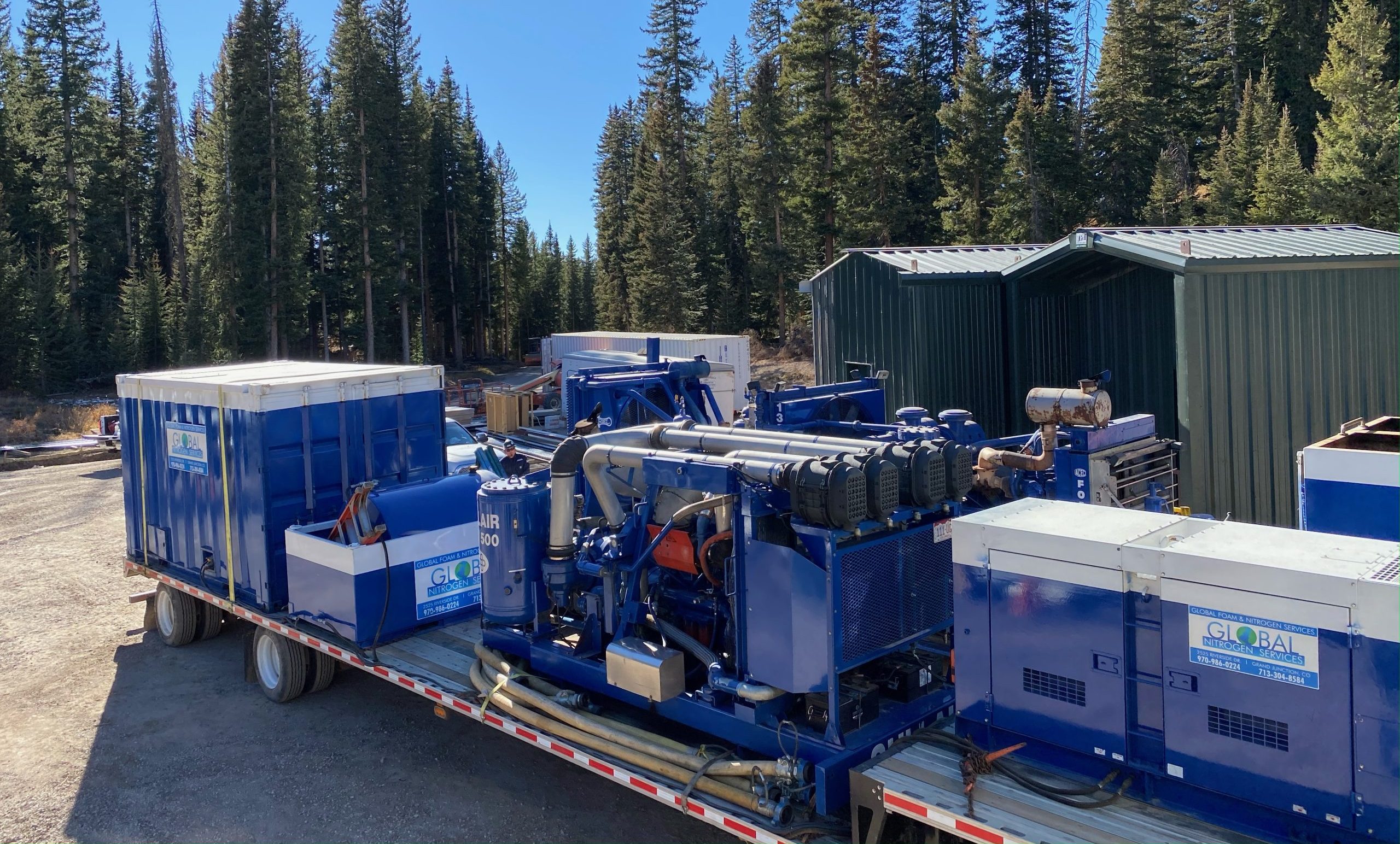On completion of process system or pipeline commissioning, it will occasionally be necessary to protect the system from corrosion or degradation for a period of time. As nitrogen is an inert gas, it is ideally suited for this type of operation.
The use of inert gas to control corrosion of the internal surface of plant equipment can be an effective method. Inert gases can only be utilized in systems that can be sealed pressurized conditions maintained for the duration of the idle period. The most common gas used is nitrogen gas with very little oxygen and free of moisture. For complete corrosion control, oxygen content must be less than 1%. Prior to the introduction of nitrogen, all components and interior spaces of the system must be dry and free of sediments, deposits and accumulations that could hold moisture.
Once the system is dried and cleaned, the system must be restored to tight conditions. Inert gas requires that the system being treated is tight and capable of maintaining the positive pressure of the gas. The presence of all the gas should be monitored through pressure instrumentation and is therefore considered an active method. All entry points must be labeled cautioning against personnel entry for protection against asphyxiation in low oxygen concentration spaces.
The corrosion control mechanism provided by the nitrogen is not a conversion of the existing atmosphere but rather maintenance of the cleaned atmosphere condition. This is achieved by the elimination of oxygen, a key component to most corrosion cells. Several strains of microbiological organisms do not need oxygen to survive and could therefore flourish. Where conditions not have been prepared properly at the onset of the lay-up or change over time, corrosion could initiate and remain active. Effective oxygen exclusion requires purging of the original atmosphere by repeated pressurization with nitrogen followed by venting until the oxygen concentration is less than 1%.



